Do you know how to write effective action items? Our free action items templates will help to improve task management, increase accountability, save time, and prevent confusion.
What are Action Items?
Action items are specific, measurable tasks or steps that need to be taken in order to achieve a goal. They are often used in project management and decision-making processes to ensure that important tasks are completed in a timely and efficient manner. Action items typically have a clear owner, due date, and are tracked until completion.
Action Items Template
An action item template helps you by providing a standardized format for capturing and tracking tasks that need to be completed. This template helps to ensure that all necessary information is captured, such as task description, responsible person, deadline, and status. It also helps to prioritize tasks, and allows for easy tracking and reporting of progress toward task completion. This can improve accountability, clarity, and efficiency in task management.
Minutes of Meeting Template with Action Items
See meeting minutes template. You will find a selection of meeting templates with an action item tracker on most pages.
Goal Templates
Goals List
This goal template has an action item list for each goal.
Daily Goals Template
SMART Goals Template with an Action Plan

Typeable PDF | Word | Excel

Typeable PDF | Word | Excel
See more SMART goals templates
See also Goal chart with an action item tracker
If you don’t want a template but are simply looking for the action item layout then see the following:
- Action Item: [Name of Task]
- Owner: [Name of Person Responsible for Completing the Task]
- Due Date: [Date Task is Due]
- Description: [Brief description of the task and desired outcome]
Example:
Action Item: Develop a Marketing Plan for New Product Launch
Owner: Marketing Team
Due Date: December 31st, 2025
Description: Create a comprehensive marketing plan for the new product launch, including target audience, budget, and timeline.
In this example, the action item template includes the name of the task, the owner, the due date, and a brief description. You can modify the template to include additional information as needed, such as priority level, status, or additional notes.
Benefits
Action items are important for several reasons:
- Clarify Responsibilities: They help to clearly define who is responsible for what, avoiding confusion and overlapping tasks.
- Improve Accountability: By assigning action items, individuals and teams are held accountable for their assigned tasks, ensuring they are completed on time and to the desired level of quality.
- Enhance Organization: They help to keep track of progress and prioritize tasks, making sure that important steps are not overlooked.
- Facilitate Decision Making: They are often used in decision-making processes, ensuring that important tasks are completed and decisions are implemented in a timely manner.
- Drive Results: By breaking down larger goals into specific, manageable tasks, action items help to focus efforts and drive results.
- Enhance Communication: They help to keep everyone on the same page and ensure that all team members have a clear understanding of what needs to be done and by when.
Action items help teams to be more efficient, and effective, and achieve their goals.
If you don’t write down action items, it can lead to several problems, such as:
- Forgotten tasks: Without a written record, important tasks may be forgotten or overlooked.
- Lack of accountability: Without a written record, it can be difficult to hold people accountable for completing tasks.
- Confusion: Without a clear record, tasks may be duplicated or misinterpreted, leading to confusion and wasted time and effort.
- Inefficient task management: Without a centralized record, it can be difficult to prioritize tasks, track progress, and ensure that deadlines are met.
How to Write Action Items
Here are some tips for writing effective action items:
- Be Specific: Clearly define what needs to be done, who is responsible for doing it, and when it is due.
- Make them Measurable: Make sure the action item has a clear outcome that can be measured.
- Assign Ownership: Identify who will be responsible for completing the action item.
- Set a Deadline: Establish a clear deadline for when the action item should be completed.
- Keep them Actionable: Avoid making action items that are too general or vague.
- Prioritize: Order the action items based on their importance or urgency.
- Use Active Verbs: Start the action item with a verb that clearly defines the action to be taken.
Action Items Example
Action Item: Develop a marketing plan for the new product launch
Owner: Marketing Team
Deadline: December 31st, 2025
In this example, the action item is specific, measurable, and has a clear owner and deadline. The use of the verb “Develop” makes the action item actionable.
Here’s an example of action items from a meeting agenda:
Agenda: Team Meeting on Project X
Review project progress
Action Item: John to provide an update on project status by Friday, February 7th
Action Item: Sarah to prepare a presentation on project risks by Wednesday, February 5th
Discuss marketing strategy
Action Item: Jane to research and present three marketing ideas by next meeting
Action Item: Tom to coordinate with the graphic designer for the marketing materials by February 14th
Review budget
Action Item: Michael to prepare an updated budget report by Monday, February 10th
Action Item: Lisa to follow up with the vendor for the cost estimate by Thursday, February 6th
In this example, the action items are specific, with clear owners, deadlines, and desired outcomes. The use of active verbs makes the action steps actionable and the priorities are clear from the agenda.


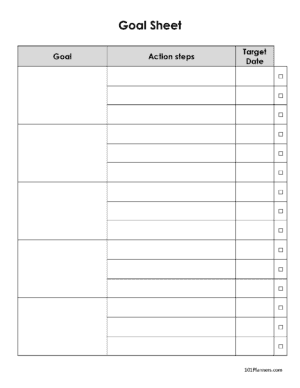
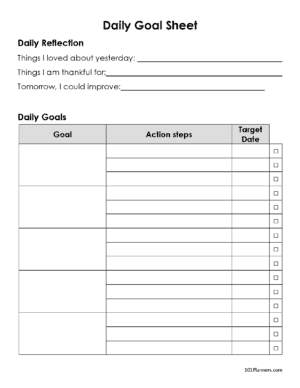
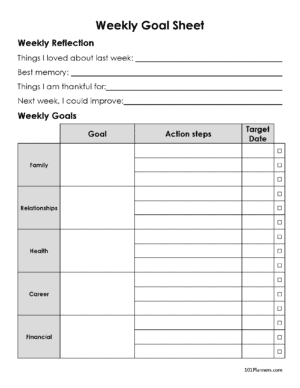
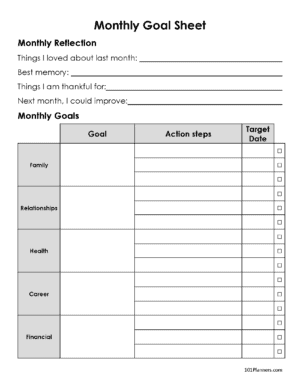
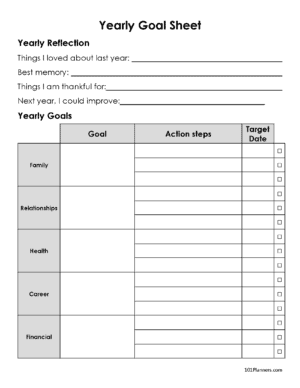

 My name is
My name is